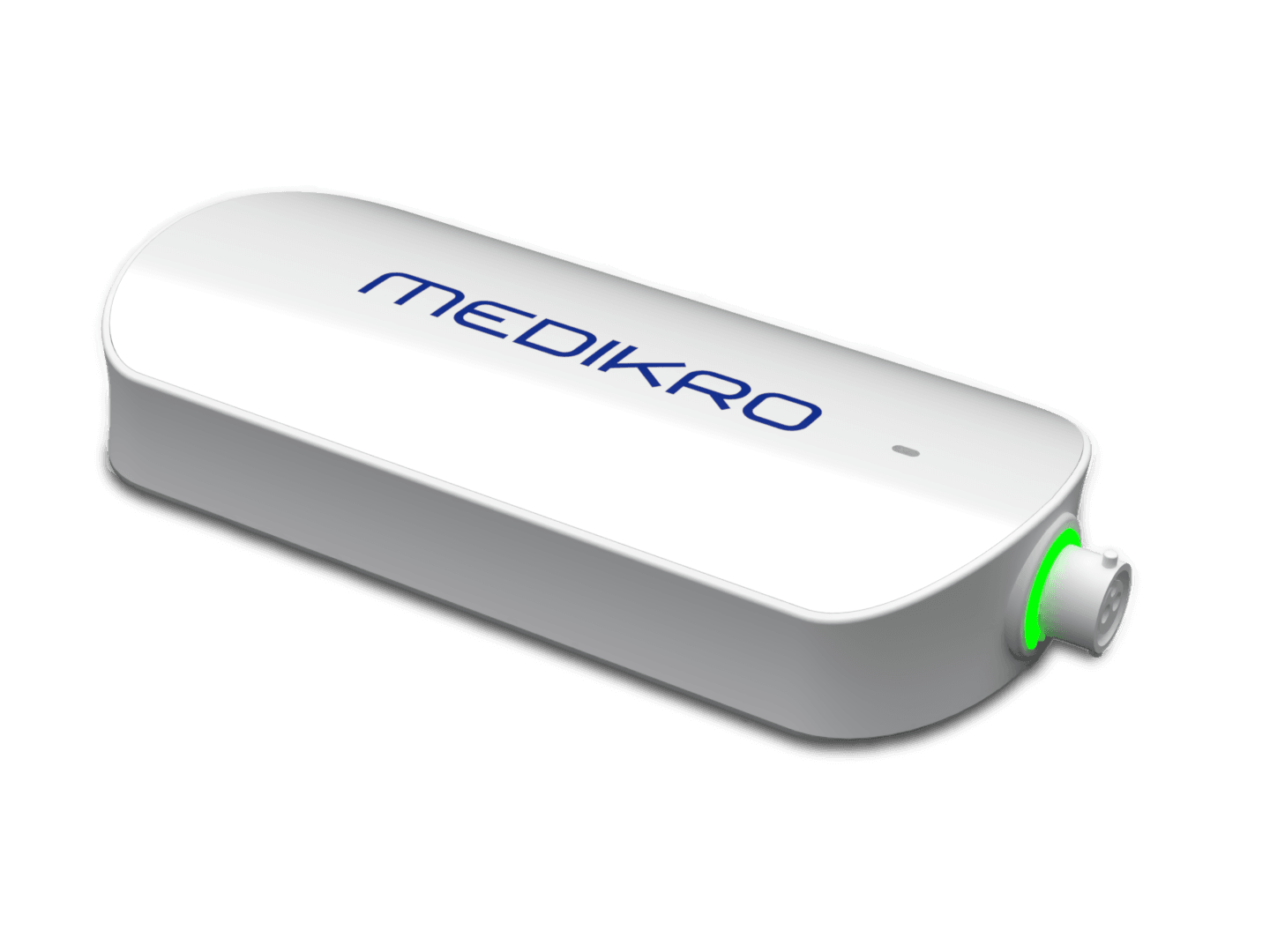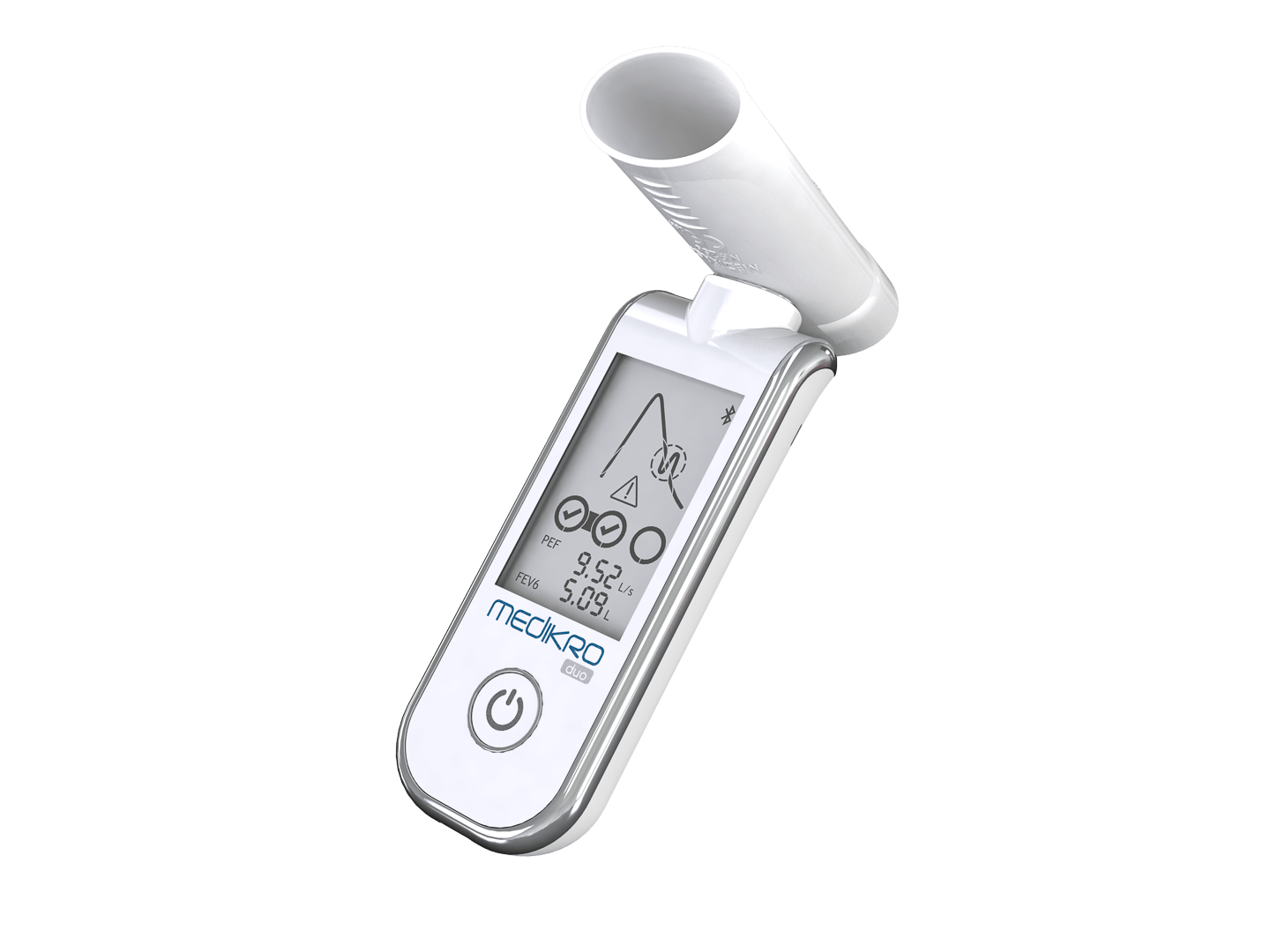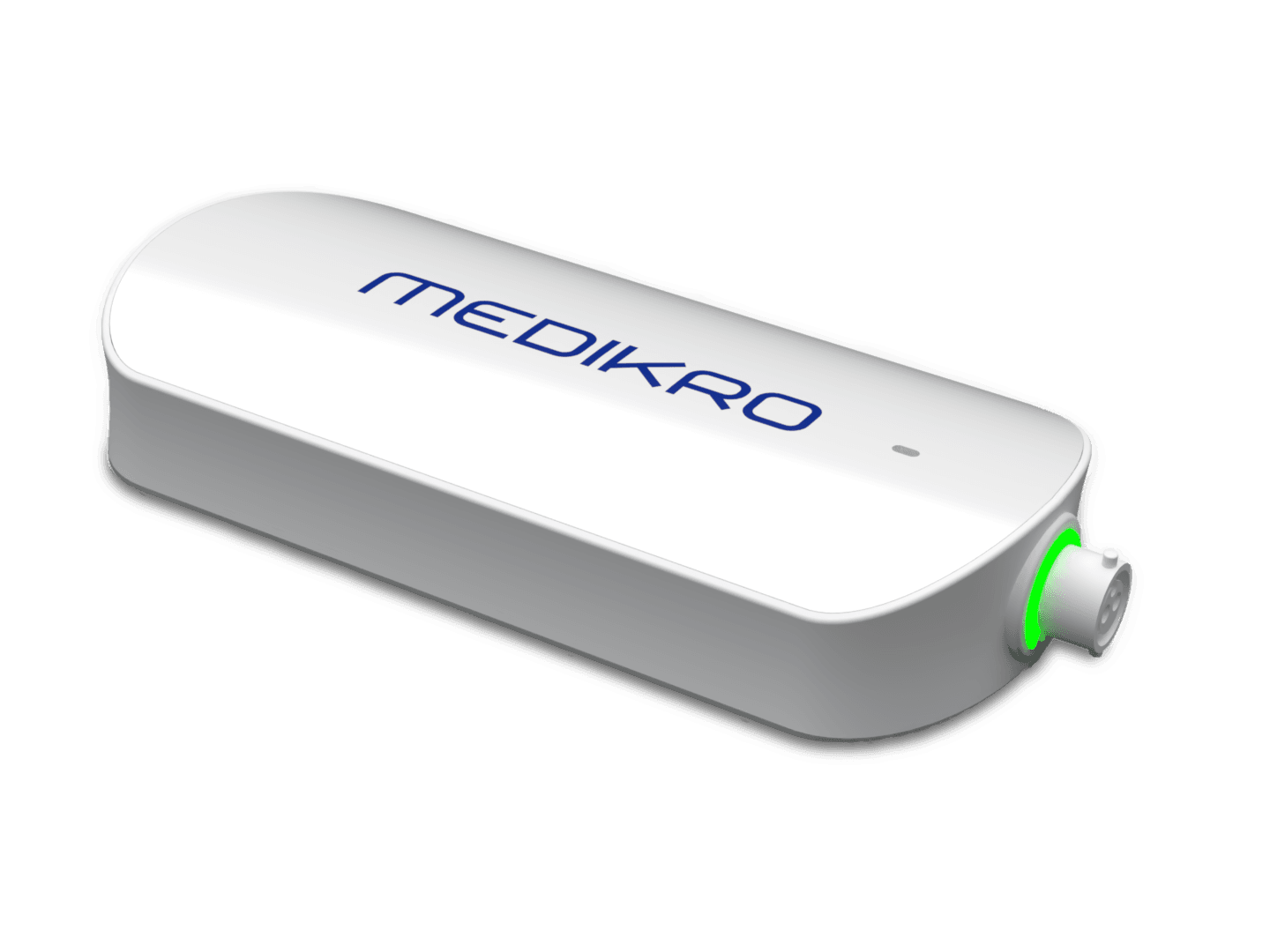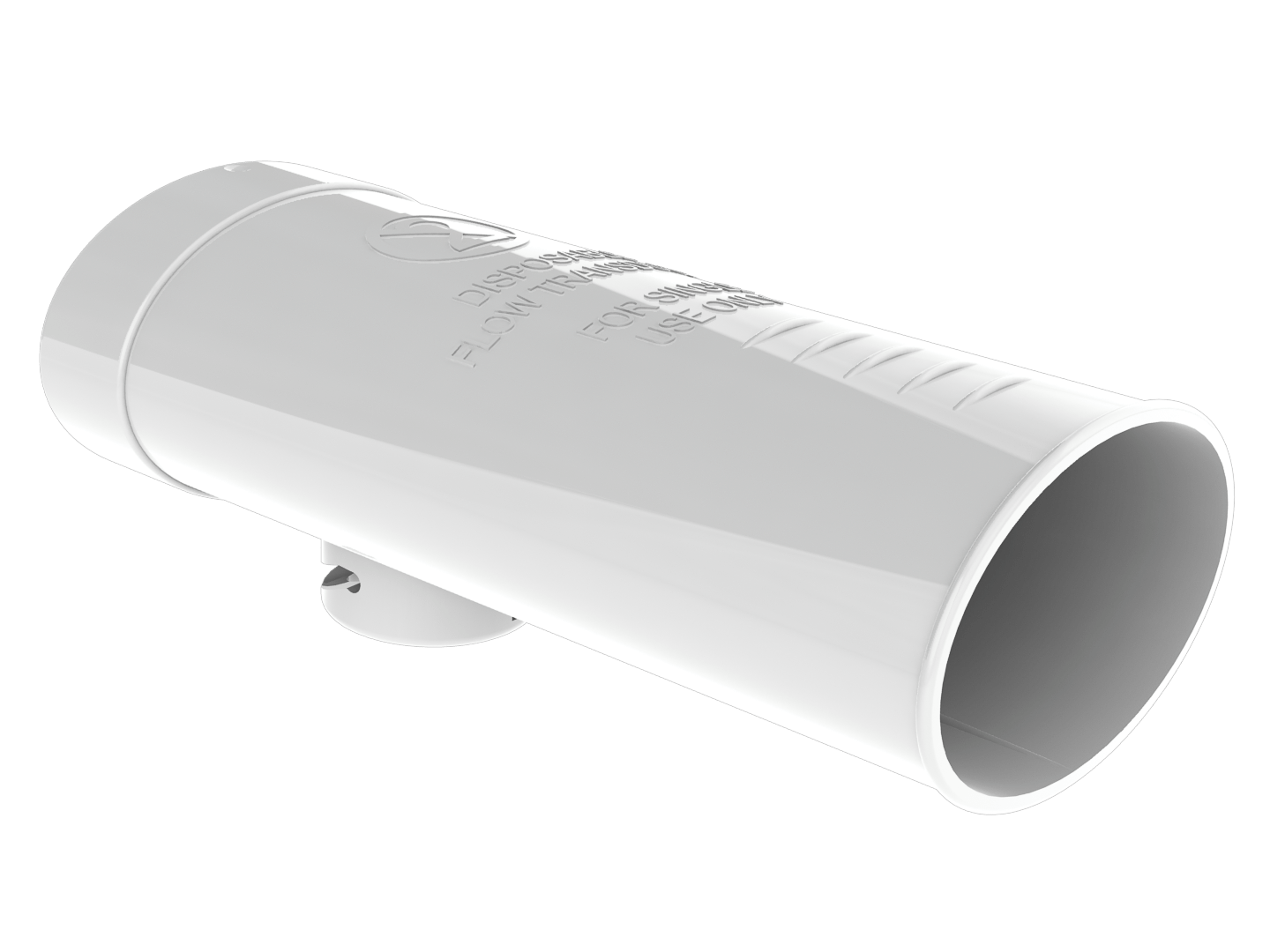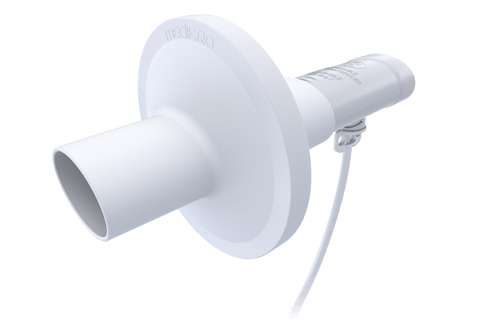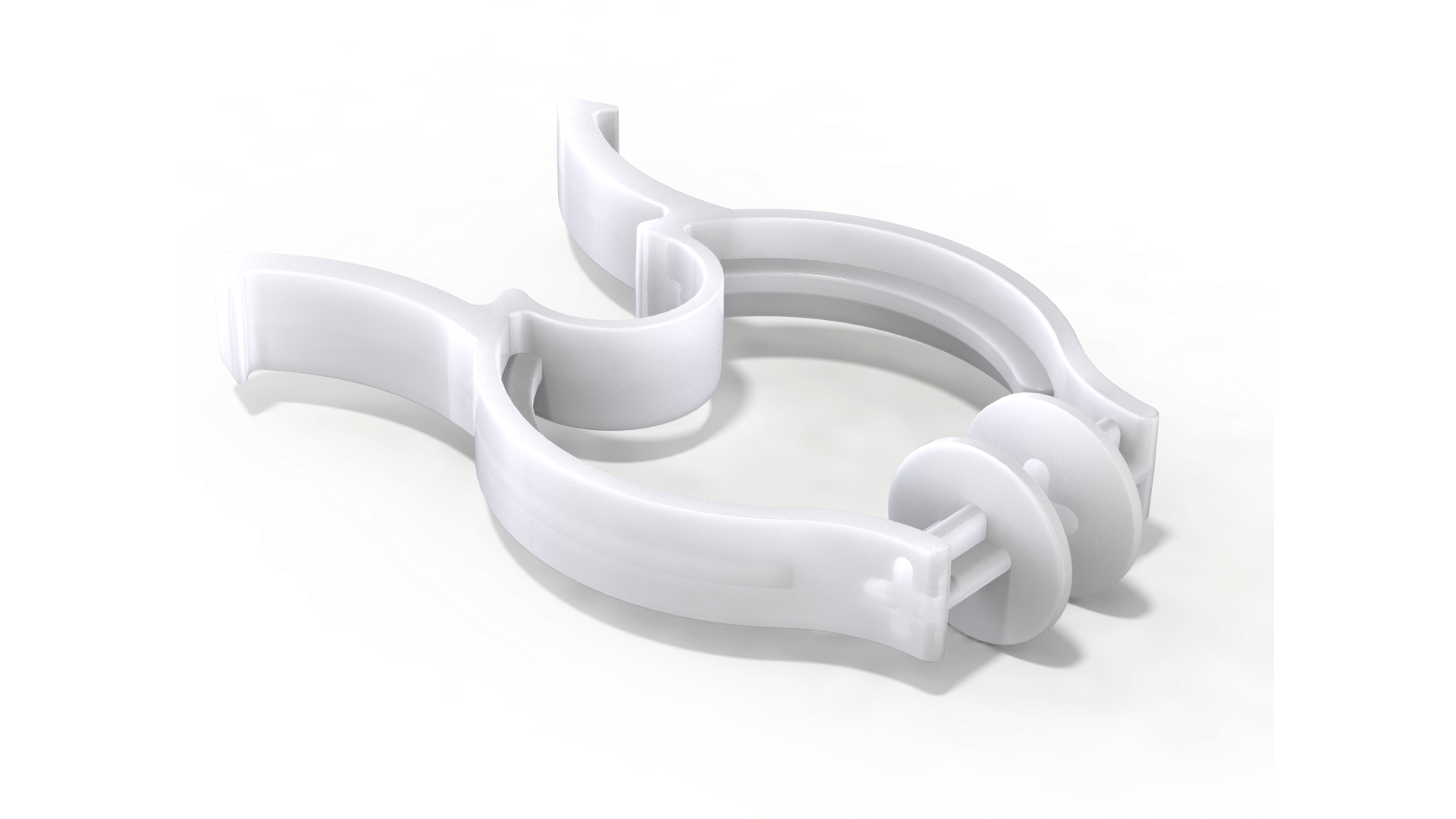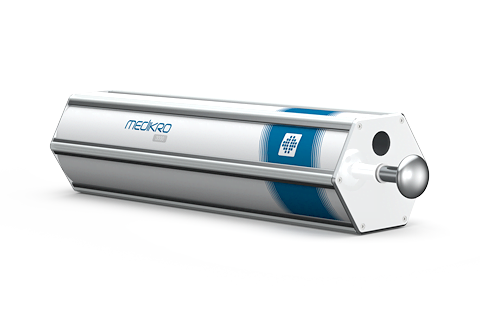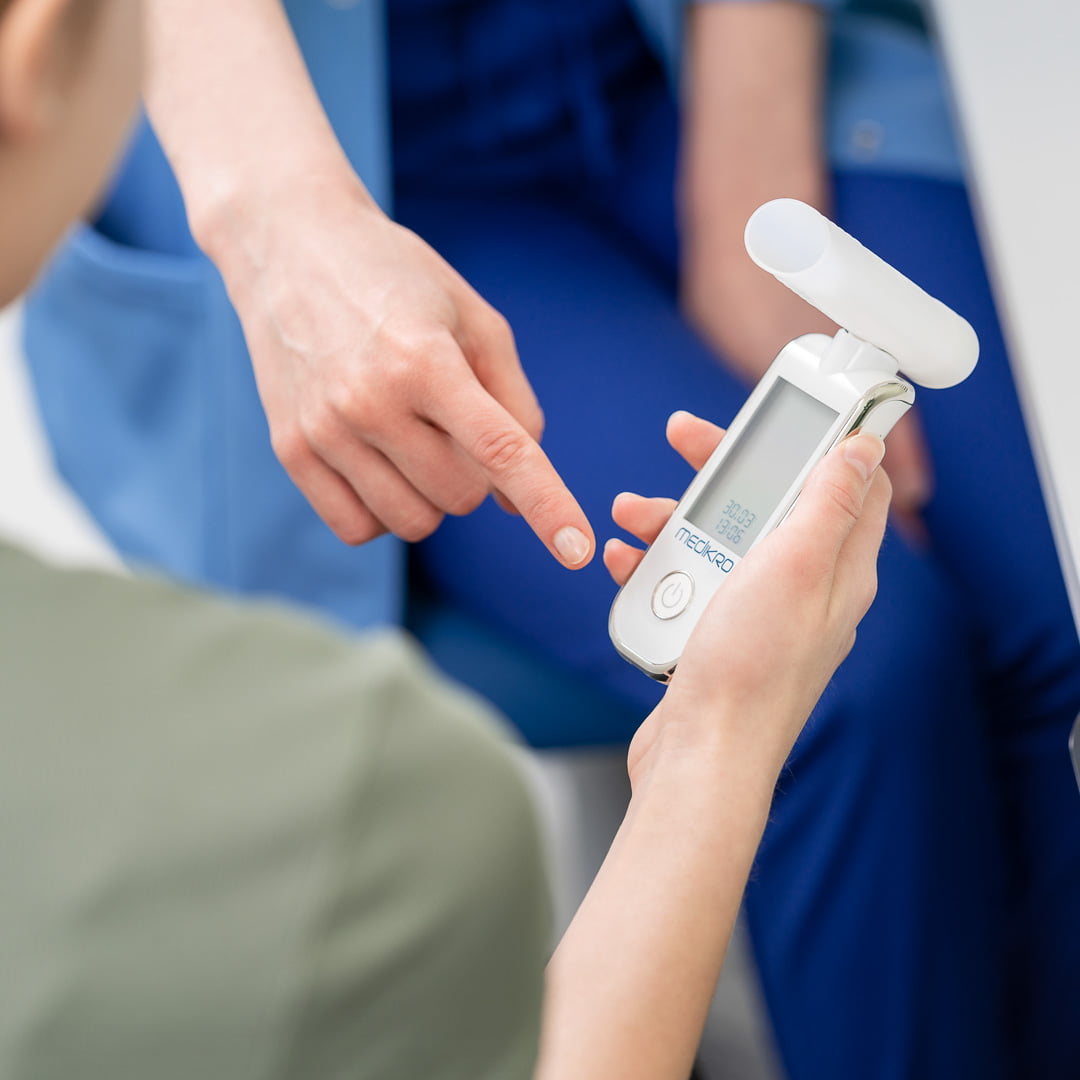Regular check-ups and lung health maintenance
Introduction
Maintaining optimal lung health is crucial for overall well-being, yet it is often overlooked until issues arise. Regular check-ups and proactive health measures can significantly reduce the risk of respiratory diseases and improve quality of life. In celebration of “Love Your Lungs” week, Medikro, a leader in spirometry with over 40 years of experience, is dedicated to sharing vital knowledge on lung health maintenance. This article explores the importance of regular check-ups, common lung diseases, lifestyle choices, environmental factors, advancements in lung health care, and practical tips for keeping your lungs healthy.
1. Importance of regular check-ups for lung health
Early detection of respiratory diseases Regular check-ups are crucial in the early detection of respiratory diseases. By visiting a healthcare provider regularly, individuals can catch potential issues before they become severe. Spirometry, a common test performed during check-ups, measures lung function and can detect conditions such as asthma, chronic obstructive pulmonary disease (COPD), and other respiratory ailments. Early intervention through spirometry can significantly improve disease management and patient outcomes.
Monitoring chronic conditions For those already diagnosed with a chronic respiratory condition, regular check-ups are vital to monitor disease progression and the effectiveness of treatment plans. Spirometry plays a significant role here, providing accurate and reliable data on lung function. This allows healthcare providers to adjust treatments as necessary, ensuring patients maintain the best possible quality of life.
Preventive measures and vaccinations Regular medical visits are also an opportunity for preventive care, including vaccinations. Influenza and pneumococcal vaccines are particularly important for individuals with respiratory conditions, as these illnesses can exacerbate lung issues. Through preventive care, patients can reduce the risk of severe respiratory infections. Integrating spirometry in regular check-ups can help assess lung health and tailor preventive strategies effectively.
2. Common lung diseases and conditions
Asthma and its management Asthma is a common respiratory condition that affects millions worldwide. It’s characterized by inflammation and narrowing of the airways, causing symptoms such as wheezing, shortness of breath, and coughing. Spirometry is a key tool in diagnosing asthma, as it measures the amount and speed of air a person can exhale. Regular spirometry tests can help in monitoring asthma control, ensuring that patients are managing their condition effectively.
Chronic obstructive pulmonary disease (COPD) COPD is a progressive disease that makes it difficult to breathe due to obstructed airflow from the lungs. Symptoms include breathing difficulty, cough, mucus production, and wheezing. Early diagnosis and regular monitoring are essential in managing COPD. Spirometry is the gold standard for diagnosing and assessing the severity of COPD, providing healthcare professionals with the data needed to make informed decisions.
Lung cancer: risk factors and screening Lung cancer remains one of the leading causes of cancer-related deaths worldwide. Risk factors include smoking, exposure to secondhand smoke, and certain environmental and occupational exposures. Early detection through screening is crucial for improving survival rates. While spirometry is not a screening tool for lung cancer, it plays a role in assessing lung function in patients at risk or undergoing treatment, supporting comprehensive lung health assessments.
3. Components of a lung health check-up
Pulmonary function tests Pulmonary function tests (PFTs) are a group of tests that measure how well the lungs take in and release air and how efficiently they transfer oxygen into the blood. Spirometry is a fundamental PFT that assesses lung function by measuring the volume of air an individual can exhale forcefully after taking a deep breath. These precise measurements are essential for diagnosing and managing respiratory conditions.
Imaging tests: X-rays and CT scans Imaging tests such as chest X-rays and computed tomography (CT) scans are used to provide detailed images of the lungs and chest cavity. These tests can help detect abnormalities such as tumors, infections, or chronic diseases like COPD. While spirometry provides functional data, imaging tests offer visual insights, making them complementary tools in comprehensive lung health check-ups.
Blood tests and biomarkers Blood tests can provide valuable information about lung health. Biomarkers such as arterial blood gases (ABGs) measure the levels of oxygen and carbon dioxide in the blood, indicating how well the lungs are functioning. Other tests may check for markers of inflammation or infection. Combined with spirometry, these tests offer a holistic view of a patient’s respiratory health, enabling more accurate diagnoses and tailored treatment plans.
4. Lifestyle choices for maintaining lung health
Smoking cessation One of the most critical lifestyle choices for maintaining lung health is quitting smoking. Smoking is the leading cause of preventable lung diseases, including lung cancer and COPD. The harmful chemicals in tobacco smoke damage the airways and alveoli, leading to reduced lung function and increased risk of respiratory infections. Spirometry can play a supportive role in smoking cessation programs by providing tangible evidence of lung function improvement after quitting.
Regular exercise and physical activity Regular physical activity is essential for maintaining healthy lungs. Exercise improves the efficiency of the respiratory system, increases lung capacity, and enhances overall cardiovascular health. Activities such as aerobic exercises, including walking, running, and swimming, can significantly benefit lung health. Spirometry tests can measure improvements in lung function resulting from increased physical activity, helping to monitor lung health improvements and adjust exercise plans accordingly.
Balanced diet and nutritional supplements A balanced diet rich in antioxidants, vitamins, and minerals supports lung health by reducing inflammation and promoting overall respiratory function. Foods high in vitamins C and E, beta-carotene, and omega-3 fatty acids are particularly beneficial. In some cases, nutritional supplements may be recommended to address specific deficiencies. Maintaining a healthy weight through proper nutrition also reduces the strain on the respiratory system. Spirometry can help assess the impact of dietary changes on lung function, guiding nutritional counseling to ensure patients are on the right track toward optimal lung health.
5. Environmental factors affecting lung health
Air pollution and its impact Air pollution is a significant environmental factor affecting lung health. Pollutants such as particulate matter, ozone, nitrogen dioxide, and sulfur dioxide can irritate the airways, exacerbate existing respiratory conditions, and increase the risk of developing chronic diseases. Regular spirometry tests can help monitor the impact of air pollution on lung function, especially in vulnerable populations such as children, the elderly, and individuals with pre-existing conditions.
Occupational hazards and precautions Many occupations expose workers to respiratory hazards such as dust, chemicals, fumes, and biological agents. These hazards can lead to occupational lung diseases like asbestosis, silicosis, and work-related asthma. Regular spirometry screenings are essential in occupational health programs to detect early signs of lung impairment and prevent further exposure. This helps ensure safer work environments and healthier employees.
Indoor air quality and ventilation Indoor air quality is equally important as outdoor air quality for maintaining lung health. Poor ventilation, mold, pet dander, and household chemicals can contribute to indoor air pollution, leading to respiratory issues. Regular spirometry assessments can help detect the impact of indoor air quality on lung function. Improving ventilation, using air purifiers, and minimizing the use of harmful household products can significantly enhance indoor air quality, supporting overall lung health.
6. Advancements in lung health care
Innovations in treatment and therapies Advancements in medical technology and research have led to significant improvements in the treatment and management of lung diseases. Innovative therapies, such as biologics for asthma, targeted therapies for lung cancer, and new medications for COPD, have enhanced patient outcomes. Additionally, home use devices like the Aerobika oscillating positive expiratory pressure (OPEP) device have transformed patient care at home by effectively aiding in the clearance of excess mucus from the airways, which is crucial for patients with conditions like chronic bronchitis or cystic fibrosis. Spirometry continues to play a crucial role in evaluating the effectiveness of these treatments, providing accurate and reliable data to support the implementation of cutting-edge therapies.
Role of telemedicine in lung health management Telemedicine has emerged as a valuable tool in managing lung health, especially during the COVID-19 pandemic. Remote consultations and telemonitoring allow patients to receive care from the comfort of their homes. Spirometry devices with remote connectivity enable healthcare providers to monitor lung function and adjust treatment plans without requiring in-person visits. This facilitates continuous lung health monitoring and ensures patients receive timely and effective care.
Future trends in pulmonary medicine The future of pulmonary medicine holds promising developments, including personalized medicine, regenerative therapies, and advanced diagnostic tools. Research in genomics and biotechnology is paving the way for treatments tailored to individual genetic profiles. Regenerative medicine aims to repair or replace damaged lung tissue, offering hope for conditions like COPD and pulmonary fibrosis. Additionally, advancements in diagnostic technologies, such as artificial intelligence and machine learning, are enhancing the accuracy of lung health assessments, ensuring the best possible care.
7. Tips for keeping your lungs healthy
Breathing exercises and techniques Breathing exercises can significantly enhance lung capacity and efficiency. Techniques such as diaphragmatic breathing, pursed-lip breathing, and deep breathing exercises help strengthen the respiratory muscles and improve oxygen exchange. Incorporating these exercises into daily routines can be particularly beneficial for individuals with chronic respiratory conditions. Spirometry can measure the impact of these exercises on lung function, providing tangible evidence of improvement.
Importance of hydration Staying well-hydrated is essential for maintaining healthy lungs. Proper hydration helps keep the mucosal linings in the lungs thin, facilitating better airway clearance and reducing the risk of respiratory infections. Drinking adequate water and consuming fluids such as herbal teas and broths can support overall lung health. Regular spirometry tests can help assess the benefits of good hydration on lung function, ensuring optimal respiratory function.
Stress management and mental health Mental health and stress management play a crucial role in lung health. Chronic stress and anxiety can lead to shallow breathing and reduced lung capacity. Practicing relaxation techniques such as mindfulness, meditation, and yoga can help reduce stress and improve breathing patterns. Additionally, seeking professional help for mental health issues can have a positive impact on overall well-being and lung health. Spirometry can help track the effects of stress management techniques on respiratory function, supporting a holistic approach to lung health.
Avoiding respiratory infections Preventing respiratory infections is vital for maintaining lung health, especially for those with chronic respiratory conditions. Simple measures such as frequent hand washing, avoiding close contact with sick individuals, and getting vaccinated can significantly reduce the risk of infections like the flu and pneumonia. Regular spirometry tests can help detect early signs of respiratory infections and monitor their impact on lung function, aiding in early diagnosis and effective management.
Maintaining a clean living environment A clean living environment is essential for healthy lungs. Regularly cleaning and dusting living spaces, using air purifiers, and minimizing the use of harsh chemicals can improve indoor air quality. Reducing exposure to allergens and irritants such as pet dander, mold, and tobacco smoke is crucial for preventing respiratory issues. Spirometry can help assess the effects of environmental changes on lung health, ensuring optimal respiratory function.
Conclusion
Regular check-ups and proactive lung health maintenance are essential for preventing respiratory diseases and ensuring overall well-being. Spirometry, a key tool in lung health assessment, provides valuable insights into lung function, enabling early detection, effective management, and continuous monitoring of respiratory conditions. With over 40 years of experience, Medikro remains committed to advancing lung health through innovative spirometry solutions and supporting patients and healthcare providers in their efforts to maintain healthy lungs. By incorporating lifestyle changes, managing environmental factors, and utilizing the latest advancements in lung health care, individuals can significantly improve their respiratory health and quality of life.
References
- American Lung Association. (n.d.). Spirometry.
- Mayo Clinic. (n.d.). COPD.
- National Heart, Lung, and Blood Institute. (n.d.). Asthma.
- World Health Organization. (2020). Air pollution.
- Centers for Disease Control and Prevention. (n.d.). Lung Cancer.
This article has been reviewed by
Elina Kiviaho
Senior Biomedical Laboratory Scientist, Clinical Expert in Biomedical Analytics
Linkedin

More from the articles:
Cooperation that endures and evolves – Medikro and Savonia jointly build practice-oriented spirometry education
15.11.2025
Read moreCreating future professionals through collaboration – Medikro Spirometers in teaching at Oulu University of Applied Sciences
21.10.2025
Read more